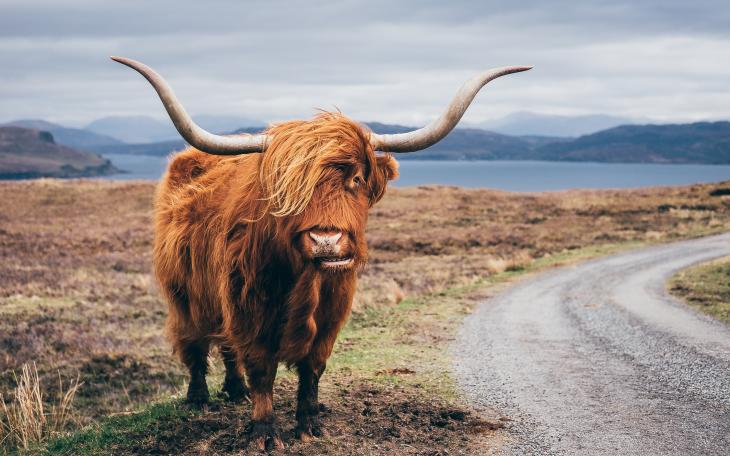Letter from... Scotland

“Lochdown” in the Highlands and Islands
By Charlie Ansdell, Managing Partner
Scotland’s always trodden a different path to its southern neighbour. When the Romans built a great wall under emperor Hadrian, it was to mark the extent of the Roman empire. North of the wall - as in Game of Thrones - is a very different place.
So it has proved in the crisis. “Lochdown” has persisted longer and harder. England removed its “Stay Home” slogan on 10 May, Scotland persisted with it until 20 Jun. England reopened restaurants on 4 July, Scotland on 15 July.
It’s been rewarded with lower excess death rates than England, but against the lower threshold of Scotland’s historically high rates. Now it faces a new challenge – rebooting a tourist economy that has ground to a halt.
Tourism accounts for 5% of Scottish GVA and one in 12 jobs and businesses are tourism related. In the island region of Argyll and Bute and the Highlands, it’s over 10% of GVA.
In the Isle of Skye, where hotels and restaurants have just reopened, tourism is the second biggest employer after the Government. Rose, who runs two B&Bs, is just opening one this year. Maximum occupancy is half normal levels to meet social distancing rules. She’s fully booked up, but the business wouldn’t survive without bounce back loans. All the occupants are young couples from major Scottish cities – the baby boomers and the foreign tourists just aren’t booking.
She normally takes 80% of her revenue over the summer. She relies on it to tide her over the winter. But the summer’s nearly gone.
Down in Dunvegan, a local hotel’s opened its restaurant for its first sitting since lockdown. Service is shambolic. The restaurant normally relies on EU workers but this year they can’t or won’t come. They’ve brought in teenagers from the village, but they’ve never waited tables before.
Down the road the renowned Three Chimneys and Michelin-starred Loch Bay aren’t opening until the end of July and mid-August respectively. It’s a short time to rescue their summer.
At the local Dunvegan petrol station Margaret, from Sunderland, tells me it’s the quietest she’s seen in 20 years since she moved here. She thinks Scotland’s managed the crisis much better than England. As we chat a man walks in with a balaclava on; normally she’d be reaching for the panic button; now, she just laughs.
It’s better here than the Hebridean Isles of Lewis and Harris. Social distancing and reduced services means that ferries have to focus on local, not tourist traffic. They may have no season at all.
In Durness – population 400 - the restaurants can open but haven’t. We arrive on the first reopening night for our B&B. David, the owner, explains he has barely seen anyone over the past four months. Social distancing comes easily here. He heard there might have been one coronavirus case, but they got better. He’s hoping for a September bounce and a strong Christmas, but the north coast of Scotland is a test for the hardiest hikers in winter.
The Cairngorms – Scotland’s answer to the lake district – is buzzier. At the Hilton, doors are sealed with “bio-secure” stickers with QR codes. Receptionists are shielded by Perspex screens and check-ins are remote. Normality is a long way off. The gym and spa are closed and breakfast involves pre-ordering a bagged meal from reception.
Locals here are more confident. They’d like to see the Government do more to encourage people to “holiday at home” but want to avoid a second wave.
As the summer season reaches its traditional peak, hikers and day trippers are returning to the trails. Tourist numbers are increasing and in Braemar, half the restaurants are open, each with its own selection of seemingly random arrows and PPE protocols.
There is cautious optimism that some of the summer season can be saved; however, everyone is acutely aware that time is short and winter is coming.








